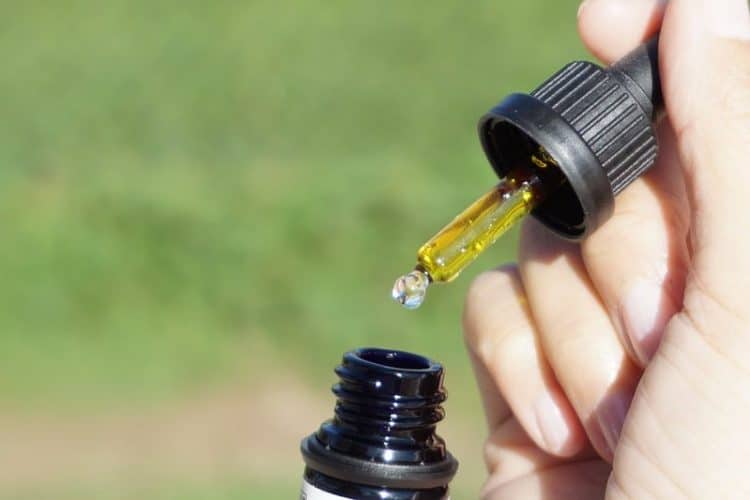Antioxidant activity is one of the most sought-after benefits of cannabis. The more a cannabis extract can preserve this inherent power of the full plant, the better.
Cannabis’ antioxidant activity has been linked to its phenolic compounds, the latter being an important parameter of the former. Phenolic content can be measured alongside antioxidant potential to connect their activity with the quantified antioxidants.
Main Factors
Carrier oils and extraction methods are two main factors in a cannabis extract’s antioxidant activity and phenolic content. Therefore, a thesis for Montclair State University explored how hemp oil, medium chain triglycerides (MCTs), and olive oil stack up against each other on these two fronts. [1]
The cannabis source material was uniform — a high-cannabidiol (CBD) low-tetrahydrocannabinol (THC) cultivar called Baox obtained from Blessed Land Farm.
Trolox Equivalent Antioxidant Capacity (TEAC) analysis was used to analyze extracts’ antioxidant activity, comparing it to the established effects of the Trolox, a known antioxidant, whereas phenolic content was measured via a modified Gallic Acid Equivalence (GAE) Folin-Ciocalteu method, using gallic acid, a type of phenolic acid, for comparison.
The MCT Oil
The MCT oil came from virgin coconut oil, the hemp seed oil was unrefined, and the olive oil was extra virgin. The author decarboxylated the cannabis at 140°C for 30 minutes. The hemp was then ground and heated in glass beakers with respective oils at 90°C for 3 hours with 200 rpm agitation from a stir bar. As controls, the oils were similarly heated without cannabis.
The CBD infused hemp seed oil demonstrated the highest antioxidant potential, while CBD infused olive oil had the highest phenolic content. Cannabis infusion in general boosted the antioxidant and phenolic capacity of all base oils, with the exception of hemp oil’s antioxidant activity. This may be because the “hemp control oil already had a high antioxidant potential,” and “there may be a threshold to the antioxidant potential in an oil…” Strangely, the hemp oil control had low phenolic contents, breaking the expected correlation between phenolic content and antioxidant potential. The author speculated that the methanol solvent used to quantify phenolics may not have been ideal for hemp oil.
The author also examined how hemp, MCT, and olive oils performed as infusion solvents, as defined by the resulting products’ CBD contents, which was measured using high-performance liquid chromatography with ultraviolet detection (HPLC-UV).
The Result
“Hemp CBD oil and olive CBD oil had higher CBD content compared to MCT CBD oil, thus hemp oil and olive oil had a greater ability at extracting CBD from Cannabis than MCT oil.”
In other words, hemp and olive oil proved to be the best carriers on all three fronts: antioxidant potential, phenolic nature, and CBD contents. The thesis concludes that further research could uncover the optimal specifics, such as oil composition, CBD oil preparation protocols (decarboxylation, infusion oil quantities, and heating temperature), and other plant-based oils to add into the race.
Reference:
1- Gruschow A. A comparison of antioxidant potential, total phenolic content, and cannabidiol (CBD) content of cannabis infused hemp, MCT, and olive oils. Master’s thesis. Montclair State University; 2020. Times Cited = 1 (Semantic Scholar)
Image Credits: Elsa Olofsson / flickr, CC BY 2.0











